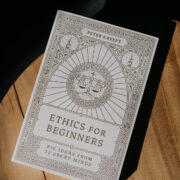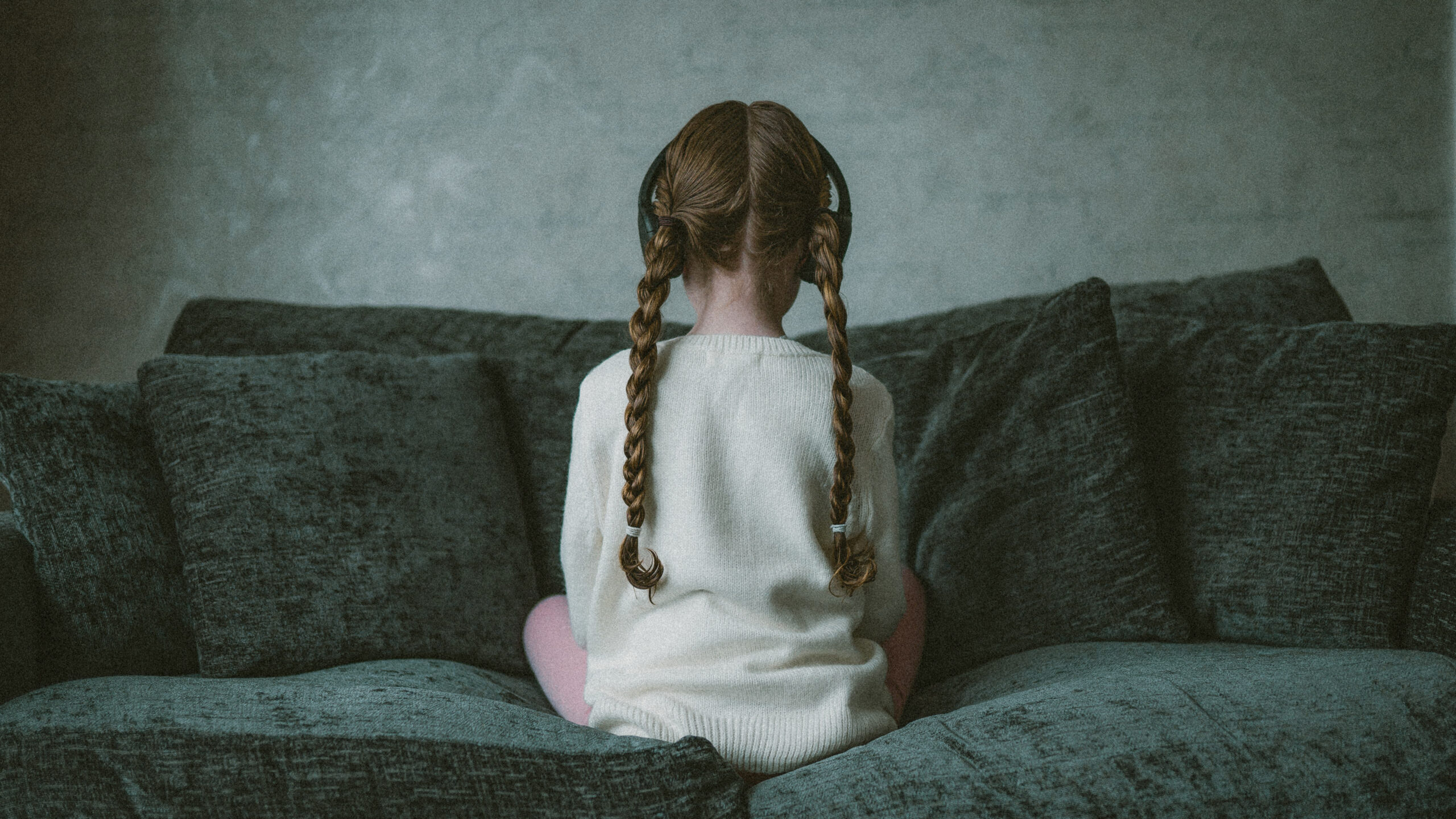Am I an it? That sounds like the nonsensical title of a book by Dr. Seuss, doesn’t it? Far from a children’s book title, it is the theme of a poem I recently read by a young woman named Hannah who has nonverbal autism. The first few lines of the poem, which is titled “Between,” are these:
Love the noun her trying
to be the noun that is
me keep trying but I feel
more like an it. Please
really feel like me is it.Love being me beautiful
life makes me feel like
an it. Please stop seeing
me keep noticing being
the great moments I amnot an it…
Hannah’s lines provide a glimpse into the life experience of many people living with intellectual and developmental disabilities (IDD). Her words express what many feel: Disability causes others to see them as something less than human. As Hannah writes in another stanza, “it . . . flows between nonhuman animal tree.”
Of course, Hannah is not “nonhuman animal tree.” We only recognize a person’s disability when we see it embodied in their humanity. For those whose anthropology is properly rooted in an understanding that human dignity flows from the Incarnation, Hannah’s description of how she feels she is perceived should be troubling. But why does she feel this way? Is it her self-perception or insecurity that inspires this poem—or has her perception been formed by the reactions to her disability by the community around her?
That question begs an examination of conscience. How do we see persons with disabilities in our parish communities? Do we even see persons with disabilities in our parish communities or do we uncomfortably look past them? Are we fearful or accepting, uncomfortable or embracing? Are we so strongly convicted of the dignity of all persons that we can embrace differences and accept and treat those living with disabilities as equals? I admit, these are difficult and probing questions, but they are important ones to ask as we all strive to live out the Lord’s command to love our brothers and sisters as we do ourselves.
We can all relate to situations where we felt unwelcome.
Hannah has a form of autism. The latest CDC statistics claim that one in 36 children eight-years-old and younger have been diagnosed with autism spectrum disorder. I can’t imagine that there is anyone reading this article that doesn’t know at least one family who has a child with autism. Perhaps only second to ADHD, autism is one of the most prevalent developmental disabilities that affects individuals in varying degrees along a spectrum, or “autism scale.” Some we won’t notice because their disability is slight; others are profoundly disabled and we may rarely, if ever, see them in our churches.
There is no Catholic data on the number of Catholics living with IDDs, but we can try to drill down the number of these individuals who might be in our parishes.
We know that in 2019, there were 7.39 million individuals in the United States living with some kind of intellectual or developmental disability. We also know that, in the same year, almost 22% of the U.S. population was, at least demographically, considered to be Roman Catholic—so we could roughly estimate that there were a little more than 1.6 million Catholics in the United States living with an intellectual or developmental disability. Again, these are rough numbers, but they indicate that we might expect that for every 100 individuals in our parishes, there would be at least one or two with some form of IDD worshipping with us in the pews.
Unfortunately, we don’t have Catholic data on Mass attendance by persons with IDDs, but Dr. Erik Carter from the Baylor University School of Education has shared some interesting statistics from various religious traditions. He presents these statistics (and many others) in his excellent book, Including People with Disabilities in Faith Communities (2007). He reports that in a 2004 survey, only 44% of adults with severe disabilities reported attending a place of worship once a month, compared to 57% of people without disabilities. In other data, he shows that fewer than one-half of children and young people with autism and other disabilities participated in religious services at any point in the previous year, and more than one out of three parents have changed their place of worship because their children weren’t included or welcomed.
Again, these statistics are not drawn specifically from the Catholic community, but it would be fair to assume that Catholics with disabilities don’t participate as fully as the rest of the community in opportunities for worship either.
We believe that the Eucharist is the “source and summit” of the Christian life (CCC 1324), and Jesus has called each one of us into communion of love with him. That communion is most profoundly realized when we come together at Mass and consume the body and blood of Christ in the Holy Eucharist.

Our bishops have designated this year into next year as a time of “Eucharistic Revival” leading up to a Eucharistic Congress in July 2024. What better time to encourage those living with disabilities and their families to join us at the altar where they can live the fulness of the Christian life within the community of the faithful.
In their Guidelines for the Celebration of the Sacraments with Persons with Disabilities (2017), the U.S. Bishops state that “All persons with disabilities have gifts to contribute to the whole Church. When persons with disabilities are embraced and welcomed and invited to participate fully in all aspects of parish community life, the Body of Christ is more complete.”
Every Catholic has a place in the Body of Christ, and the absence of any of our brothers and sisters is significant. Without them, as the Bishops say, we are less complete. But how can we make persons living with disabilities feel welcome and confident that they will be accepted when the Body gathers to worship its Head?
First, we have to know who they are. The data suggest they aren’t in church, so we must find them. The parable of the banquet is a good model here (Luke 14:15-24). After many had refused his invitation, the host of the banquet sends his servant to “Go out quickly to the streets and lanes of the city, and bring in the poor and maimed and blind and lame.” We have to do the same: Start with parish data, track births and sacramental records, put out surveys, find them, and then invite them in a way that makes them feel welcome.
Some individuals with disabilities have behaviors that can make us feel uncomfortable. Those like Hannah who live with autism, for example, may have sensory abilities that exceed those of the rest of us. They can easily become over-stimulated and engage in vocal or physical behaviors called “stimming,” like flapping their arms or crying out and making nonverbal vocal sounds that they use to try to regain control of their feelings. It is understandable that these behaviors make their families self-conscious and can inhibit their willingness to bring their family members to Mass.
We can all relate to situations where we felt unwelcome. When we see families struggle and feel uncomfortable, all it takes is a smile and a kind word to welcome and encourage them. The Master wants his house filled. We must work together to overcome our discomfort and make the Body of Christ whole with all its members joined together around the altar of the Lord.
There are no “its” in the Body of Christ. None of us wants to be responsible for making another fell somewhere between “nonhuman animal tree.” The Venerable Jerome Lejeune loved these words of our Lord and put them into action every day of his life: “As you did it to one of the least of these my brethren, you did it to me.”
Venerable Jerome Lejeune. Pray for us!
